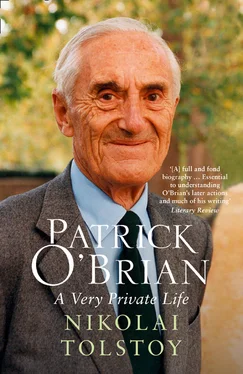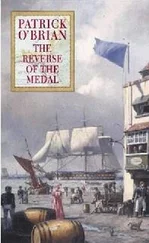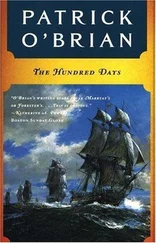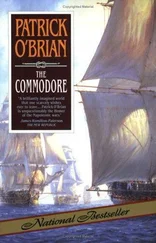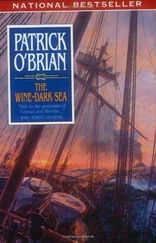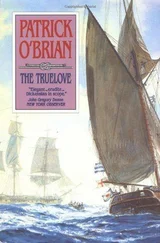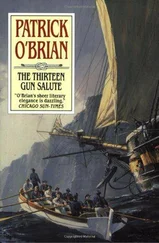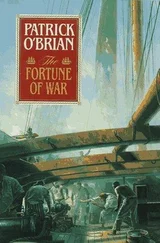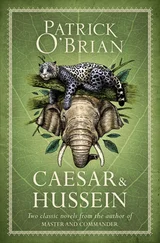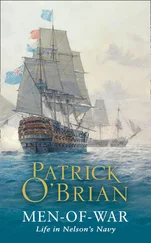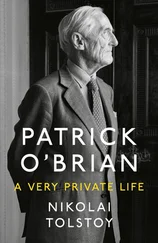Fortunately there existed magical cures, as well as curses. The Rimbauds ‘had an old woman in to cure [their daughter] Martine with a herb cataplasm’. An interesting ritual efficaciously removed headaches. On 10 July 1953, completion of a difficult piece of writing left Patrick with an acute migraine. Next day their landlord, M. Germa:
told us Georgette [his wife] was having the sun taken out of her head by her mother, with water in a bottle, & prayers. We demurred, & he said he believed it because Jaquie had had it done (bubbles rose in the bottle of water) & three days after his sick headache had gone.
On another occasion Mme Rimbaud similarly had the sun removed from her head by a cousin. When my mother enquired how this was done, she mentioned not only the bottle, but ‘a handkerchief folded in a certain way, “ et certainement qu’elle en a dit des prières. Je ne sais pas, moi .”’ The disclaimer suggests that the ‘ prières ’ may not have been altogether Christian in character.
A particularly potent author of cures was the martyr St Blaise, who, as a consequence of his miraculous survival of strangulation or decapitation (accounts differ), specialized in healing sore throats.[4] When my mother was confined to bed with a severe cold, ‘Mimi Chou kindly gave me a packet of lump sugar & pastilles blessed on St Blaise’s day.’ On another occasion she regaled her with a detailed account of the healing process. Saint Blaise being outside Collioure for a stroll one day with Our Lord, the pair bumped into Satan, who coolly informed them: ‘I’m off to strangle someone.’ ‘Nong, Nong, Nong!’ exclaimed Jesus and Blaise together, in pronounced Catalan accents: ‘You’re not doing that!’ This pious narrative acted as preface to the charm that effected the cure: a formula strongly characteristic of pagan ritual, in which Christian figures were frequently substituted for their heathen predecessors.[5]
The calendar year was marked by a succession of colourful festivals. On 27 February 1952 Patrick was delighted by the Mardi Gras carnival, which he observed from their balcony winding joyously along the rue Arago, and then descended to follow it to the Place de la Mairie. There were fine floats, followed by men disguised as bears and monkeys:
I saw them pass down the boulevard and then arrive in the Place: immense crowd, charmed: Diego lost in delight. Music – a band to each float. Funny remarks on floats all written in French. Attention Ours méchants et singe vicieu [‘dangerous bears and vicious monkey’] … Remarkable dancing of 2 pairs of mariés [married couples]. Immobility of masks: singe (sacking? young Germa) probably making singe faces underneath; but quite invisible – vast addition to general effect. Mlle Margot convulsed by bears – pointing, laughing, red in the face with pleasure. M. le Curé not visible – no wonder – Ash Wednesday. Religious aspect quite lost to view … Many children dressed up – rouged, powdered – some in Catalan dress – attractive – some as F[airy]. Queens or some such – less attractive.
Each year on Ascension Day an assemblage of small children, beautifully dressed, gathered outside the church to attend their first Communion. The quatorze juillet was in contrast a comparatively modest bucolic occasion. ‘Procession has just passed up the rue,’ noted my mother, ‘small boys carrying torches or tricolors, with the garde-champêtre [local policeman], followed by local band.’ In the evening there was dancing in the Place, and a display of fireworks in and around the bay. The cheerful informality of the occasion delighted Patrick, who another year was gratified to record: ‘Fête Nationale: very scruffy procession except [Dr] Delcos in his tricolore sash.’
Patrick made notes on customs and other items of local interest, such as this recipe for ridding a child of worms: ‘Le bon vermifuge[:] frot the child’s bosom with garlic and hang a necklace of garlic round the child’s neck ça les étouffe.’ He further compiled a list of ‘Sobriquets’ of local families, some of which feature in his novel The Catalans . Thus one bore the surname ‘L’Empereur – because when he was a baby the Emperor dandled him’. Patrick told me this occurred when Napoleon III was passing through Collioure. At the other political extreme was the family Cravatrouge (Catalan En cravat rougt ), one of whom had been ‘le premier radical’ of the town. Another is of mysterious provenance: Piétine dans la boue (‘Trample in the Mud’): Catalan Pitg a fangc .
The French Republic being a relative newcomer in Collioure’s ancient history,[fn13] the town’s major annual celebration is the Feast of St Vincent, Collioure’s patron saint, on 16 August. Until the beginning of the last century, when it was prohibited by the atheist administration of President Émile Combes, a boat bearing the saint’s relics plied from his little chapel on the rock across the harbour, to be ceremonially received on the beach by the curé with a ritual exchange conducted in Catalan.[6] A bullfight in the town’s arena by the railway station was one of many celebrations marking the festive occasion. In 1953 my mother passed ‘Picasso visible in café des Sports – merry, pink, active. He was président of this year’s corrida.’ The evening’s firework display is especially magnificent, usually surpassing that of the quatorze juillet . On one such occasion in the early 1960s, we ascended the ridge above the house to obtain a panoramic view of cascades of fire erupting high into the night sky from the beach, as also from fishing boats moored about the harbour. The highlight of the evening occurred when the French Army, then occupying the Château Royal, blew up with one mighty roar what appeared to be their entire reserve of high explosive. From an invisible vineyard above us echoed an answering primitive bellow of approval from a solitary enthusiast, which greatly pleased Patrick.
It was not just innate curiosity which led him to conduct careful observation and recording of traditional ways in Collioure. Just before he left England in September 1949, it was seen earlier that he had agreed to write a book about Southern France for submission to his publishers, Secker & Warburg. Although he kept the project in mind, over two years were to pass before he hit on the idea of utilizing the knowledge he had acquired for the alternative purpose of writing a novel. Before that, the indications are that he planned a descriptive account of the life and landscape of the Côte Vermeille, and it was to that end that he noted its more colourful aspects, and encouraged my mother to record observations in her diary. Naturally gregarious, consorting daily with shopkeepers and neighbours, and being more proficient in French and Catalan than Patrick, she was the more productive worker in this field.
It was during the summer of 1951 that the idea of writing a novel with Collioure as its picturesque setting had germinated in Patrick’s mind. He and my mother had become concerned with, and to some extent involved in, the divorce of their good friend Odette. On 2 March 1951 my mother accompanied her and her father to lend support in a hearing at the court in Céret. Odette’s husband François Bernardi, a successful sculptor and painter, had deserted her for an older but extremely beautiful woman. Next day Patrick sketched a plot based around the affair. Although his initial plan seems to have been to produce a short story, the scheme is sufficiently detailed to suggest the possibility of fuller treatment.
His initial reaction was one of indecision:
It sounds a commonplace little romance. Perhaps I could lift it out of the rut by showing the gradual development of Odette’s character – she should be mature at the end, and at last spiritually free of the [her] family’s domination – and the parallel development of François’ to something like unselfishness and honesty. The moral being that you have got to be free of domination (by cant or by family) before you are any good.
Читать дальше
